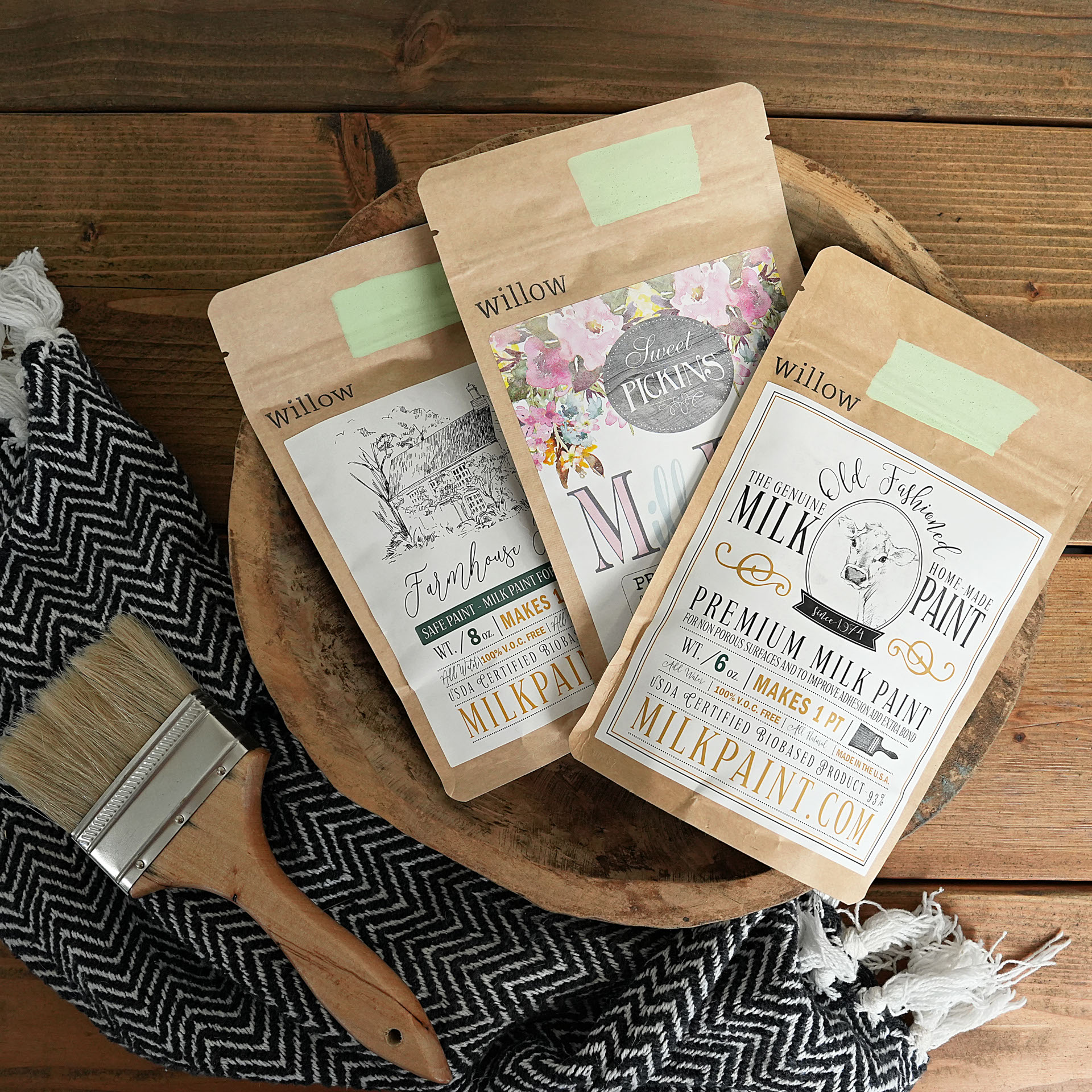Antique Crackle Product Info
last updated: July 30, 2024
35% OFF our April Color of the Month! Summer Cottage - Sweet Pickins Milk Paint, Old Fashioned Milk Paint & Farmhouse Finishes Safe Paint
last updated: July 30, 2024
Our ANTIQUE CRACKLE is a natural liquid gelatin. Using ANTIQUE CRACKLE is an easy way to achieve a weathered or “alligatored” look on furniture, picture frames, signs, etc. It is preferred by custom furniture builders, interior designers, artists, craftsmen, and do-it-yourselfers. It is biodegradeable and non-toxic, brushes on easily and dries to a clear satin finish.
ANTIQUE CRACKLE can be used with either Milk Paint or some other water-based finishes. It is applied over a dried newly painted surface before the final coat and causes this final coat of paint to crackle. It can also be applied directly to clean surfaces such as bare wood, primed metal, glass, wallboard and previously painted or varnished surfaces. The final coat of Milk Paint is applied after the crackle is dry. It can also be used as a crackle “glaze”, creating a clear, crackled topcoat over bare wood or paint. For this effect a clear water-based finish such as our Clear Coat is applied over a layer of ANTIQUE CRACKLE.
Please Note: Decorative finishing is an art and not a science. Instructions for use are not precise due to the many variables, such as type of surface, temperature, humidity, personal taste, etc. However two rules should always be followed in the application of the ANTIQUE CRACKLE, or any other finish for that matter:
Type on the line above then press the Enter/Return key to submit a new search query

For over 49 years, The Old-Fashioned Milk Paint Company has been faithfully producing a genuine Milk Paint as close as possible to the old primitive, home-made paint made on the back porch.